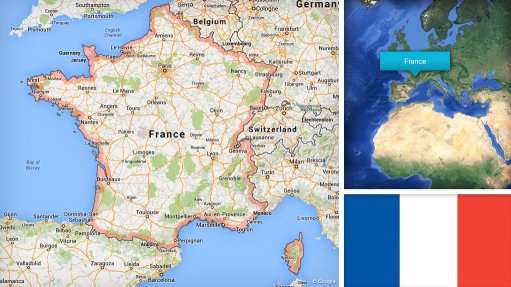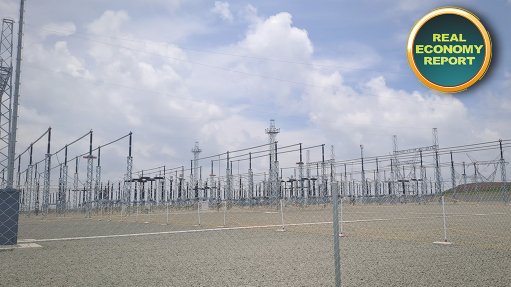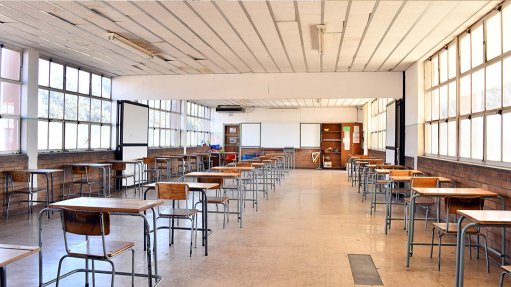How about analysing dog barks to better communicate with them?
Words that we use in speech are made up of a collection of individual sounds. In theory, if one had a group of people, each of whom had a tuning fork which, when struck, would make a pure note, it would be possible for the group to recreate the sound of any word in any language.
Similarly, but more simply, one can take the sound of any word and electronically filter it into all the different frequencies which make up that word. This collection of frequencies is called the ‘frequency spectrum’ of the word.
The theoretical group of tuning fork people would just have to use their forks to make the same frequencies as the spectrum and the sound of the word would be heard. This technique (electronic filtering) is used by software programs that allow people to dictate into a microphone and watch as text is produced on a screen. From this, one can perhaps see that this technique is very advanced.
So, let us talk about animals and Linear A and Linear B. You will know (!) that Linear B is an early form of Greek, used by the Mycenaean civilisation, in the vicinity of the Aegean sea.
Linear A, which exists as hieroglyphics on clay tablets, shares the same symbols as Linear B. However, it has never been deciphered. It is thought to be the language of the Minoans. It occurs to me that, while there have been many attempts to decipher it, probably, what has not been tried is to identify common words with Linear B using frequency spectrum analysis.
This is not as hard as it may sound – certain places (such as Knossos, on the island of Crete) must occur as words in both languages, as should common terms for merchandise such as ‘ship’, ‘wool’, ‘wood’, and so on. It would be a matter of taking the frequency spectrum of some Greek words and seeing if they could be tied up with Linear B and then Linear A.
I was musing on all this when I wondered if this plan had a hope of working – for example, would the analysis of, say, North Transvaal Afrikaans on a spectrum basis tie up with Cape Flats Afrikaans? There are wide discrepancies but some words would definitely be similar. Hulle is one.
Then I thought about animals. A standard student project of ours is to get them to record the sound of a dog barking. It is not easy – when you want them to bark, they just look at you, and when they do bark, they run off.
However, we have found that dog barks are not just impulse noises, despite how they sound. The barks, in fact, have symmetrical and periodic wave forms, which suggests that they are more than simple impulses but rather forms of communication.
The interesting thing is that, as far as I know, nobody has tried to analyse dog barks to see if humans could communicate with them more effectively than they do now. The reason for this may be that there is no advantage to it – if you can speak to a dog, in what way would that be better than present communications? One can tell, more or less, the emotions of a dog from the current bark modes and nothing more would be needed than that. One may find that, given effective communication, dogs can teach us things about smell perception, which may be handy for drug detection or the perfume industry, but is this of any use?
Perhaps I have got it wrong, but I think that there is a huge matter out there to be investigated in the field of spectral analysis of common sounds. It is only recently that it has been possible to produce spectra at the touch of a button, so to speak, and there is quite a lot that could be discovered. As I mentioned earlier, I think it is a matter of ‘who benefits’, which is the basis for much of the research funding of these days. All of which is a pity. Some yo-yo is studying climate change when he could be talking fluent Linear A to a dog.
Article Enquiry
Email Article
Save Article
Feedback
To advertise email advertising@creamermedia.co.za or click here
Comments
Press Office
Announcements
What's On
Subscribe to improve your user experience...
Option 1 (equivalent of R125 a month):
Receive a weekly copy of Creamer Media's Engineering News & Mining Weekly magazine
(print copy for those in South Africa and e-magazine for those outside of South Africa)
Receive daily email newsletters
Access to full search results
Access archive of magazine back copies
Access to Projects in Progress
Access to ONE Research Report of your choice in PDF format
Option 2 (equivalent of R375 a month):
All benefits from Option 1
PLUS
Access to Creamer Media's Research Channel Africa for ALL Research Reports, in PDF format, on various industrial and mining sectors
including Electricity; Water; Energy Transition; Hydrogen; Roads, Rail and Ports; Coal; Gold; Platinum; Battery Metals; etc.
Already a subscriber?
Forgotten your password?
Receive weekly copy of Creamer Media's Engineering News & Mining Weekly magazine (print copy for those in South Africa and e-magazine for those outside of South Africa)
➕
Recieve daily email newsletters
➕
Access to full search results
➕
Access archive of magazine back copies
➕
Access to Projects in Progress
➕
Access to ONE Research Report of your choice in PDF format
RESEARCH CHANNEL AFRICA
R4500 (equivalent of R375 a month)
SUBSCRIBEAll benefits from Option 1
➕
Access to Creamer Media's Research Channel Africa for ALL Research Reports on various industrial and mining sectors, in PDF format, including on:
Electricity
➕
Water
➕
Energy Transition
➕
Hydrogen
➕
Roads, Rail and Ports
➕
Coal
➕
Gold
➕
Platinum
➕
Battery Metals
➕
etc.
Receive all benefits from Option 1 or Option 2 delivered to numerous people at your company
➕
Multiple User names and Passwords for simultaneous log-ins
➕
Intranet integration access to all in your organisation

















